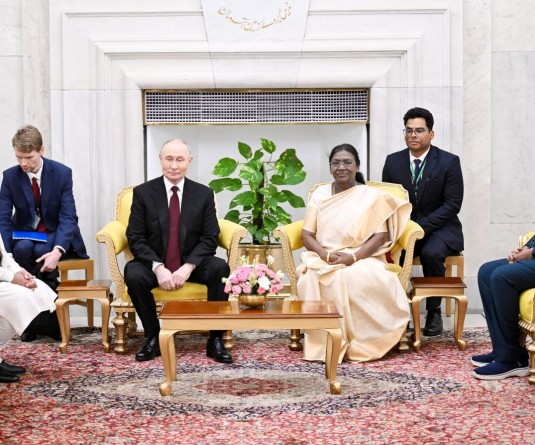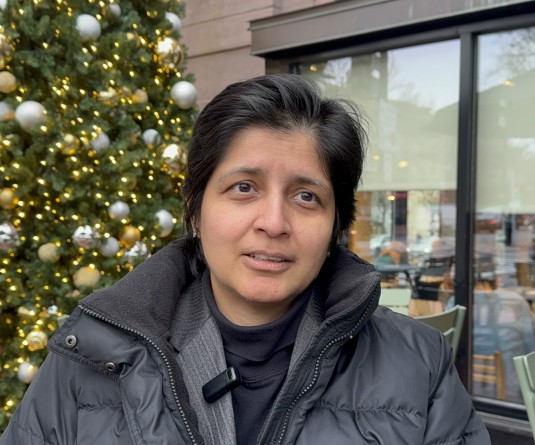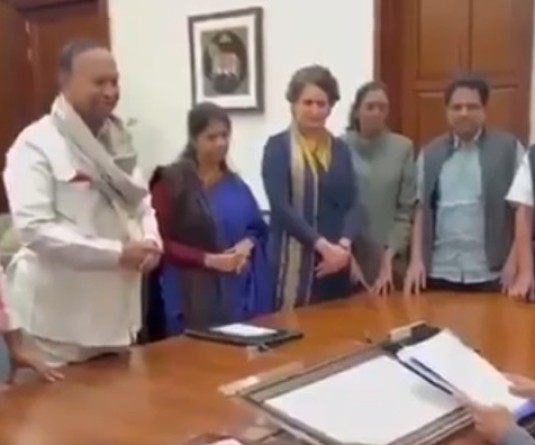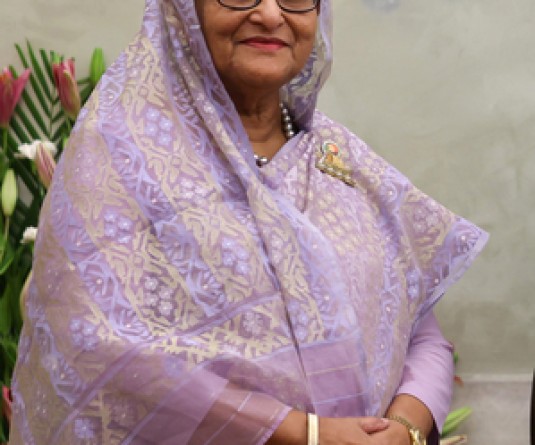Image Source: IANS News
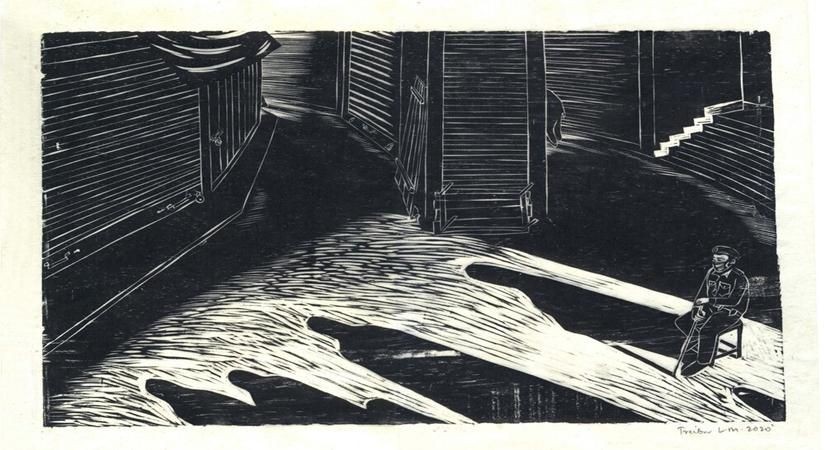
New Delhi, January 12 (IANSlife): Visualising how the COVID-19 pandemic and social distancing affected the social map of Mawbri, a small matriarchal Meghalayan village, an intricate woodcut titled 'Circles' presents an intriguing introduction to the body of work of Treibor Mawlong, an emerging artist from the Khasi hills of the northeastern state. In a village "already locked away from the rest of the world even before the pandemic", as the artist says, the dignity of labour amidst issues of poverty, lack of education, inaccessibility to healthcare and infrastructure and a disconnection from the modern world become the subjects of Mawlong's art and observation.
Born in 1987 in Meghalaya, Mawlong creates woodcuts that epitomize mise-en-scene compositions drawn forth from memory and recollection. In his recent series, he observes the predominantly agricultural locals who survive off the land through the cultivation and production of medicinal black pepper and finds them engaged in their labour with passion and honesty. Coupled with the ongoing threat of the COVID-19 pandemic, which informs Mawlong's understanding of social distancing in an already remote part of the country, he explores the meaning of human lives at a fundamental level through both ordinary and extraordinary circumstances.
"The lockdown caused by the pandemic has left the people with more difficulty and is an added burden to an already difficult lifestyle experienced by the villagers," he told IANSlife.
In an interview, Mawlong takes one back to this locked away village and its life. Situated in a steep hillslope in the border hill areas of the state of Meghalaya, Mawbri falls in south west Khasi hills district, located just about a few kilometres from the international border with Bangladesh.
"The geographical location of the village and the absence of road connectivity makes life more difficult for the people. This is the root of every problems faced by the village community. To reach the village or to the closest place of vehicles stop it will take about 2-5 hours of walking. There is no other option than walking to reach the village. This gets more difficult when carrying the produced on bareback or when a person is sick, old , or pregnant. Literally everyone carry their own burden while climbing and descending the steep mountain coming to or going away from Mawbri."
The 40 household-village has many living below the poverty line. "Pre-independence, just like any Khasi border village, it was a flourishing village where there was good trade and commerce with present Bangladesh. The village was once destroyed by the great earthquake of 1897. From the olden days till date the people of Mawbri depend on plantation. The main crop that the villagers cultivate is bay leaves, broom, wild black pepper, areca nut and beetle leaf."
According to Mawlong, low literacy levels, poverty and lack of exposure and awareness prevents the community from exploring and evolving.
"The pandemic has made things worst. The lockdown has caused the shutdown and closure of markets and the closure of markets means the people were not able to sell their produce. The first lockdown was a great challenge. With many families Having less financial situation and with not a single shop in the village, What else can one feel more helpless. For each and every food ration the village depend (on) outside (help),"
As an artist, Mawlong says he has taken inspiration from my immediate surrounding. "I am inspired by stories of people".
Mawlong's latest exhibition 'Somewhere, Elsewhere, Here' is part of Vadehra Art Gallery's new digital endeavour 'Fresh by VAG' -- a series of online exhibitions hosted on their website, through which their support younger artists and direct a percentage of proceeds by way of contribution to charities and NGOs who are working towards rehabilitating communities that are suffering due to the outbreak of COVID-19.
"The woodcut print from the exhibition are stories from Mawbri and some from my travel in Meghalaya during the pandemic. The pandemic actually has given me an opportunity to get very close with the lives of the people of Mawbri, from working in the plantation land to waking up early hours walking long hours and returning in the evening to fetch basic food rations. We the people have many stories to tell. Our lives, our struggles, our hopes and dreams... The voices and struggles of the people are not much heard. These woodcut prints which are mostly carved from real-life experiences are part of that collective voice of struggles and hope."


